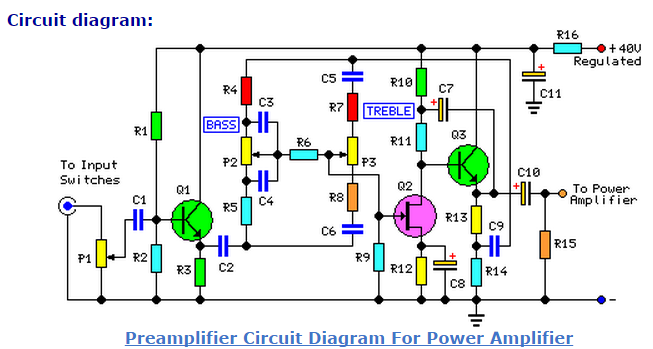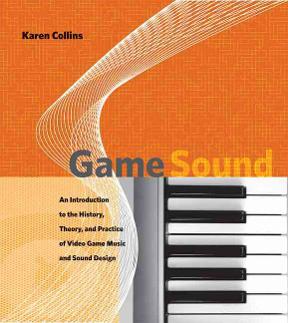
The A' section can also show up later in the piece, or yet another variation of A, A'' (pronounced "A double prime") can show up, and so on. If it is very much like the A section, but with some important differences, it can be labeled A' (pronounced "A prime"). If the second section (or third or fourth) is exactly the same as the first, it is also labeled A. Each major section of the music is labeled with a letter for example, the first section is the A section. Letters can be used to label the form of any piece of music, from the simplest to the most complex. The other way is to simply give a name to a form that is very common. One way involves labeling each large section with a letter. Musicians traditionally have two ways to describe the form of a piece of music. And being able to "see the big picture" does help the listener enjoy the music even more. Anyone interested in music theory or history, or in arranging or composing music, must have a firm understanding of form. But understanding the form of a piece helps a musician put together a more credible performance of it. You can enjoy music without recognizing its form, of course. Classical music traditions around the world tend to encourage longer, more complex forms which may be difficult to recognize without the familiarity that comes from study or repeated hearings. The average American, for example, can distinguish easily between the verses and refrain of any pop song, but will have trouble recognizing what is going on in a piece of music for Balinese gamelan. It is also easier to recognize familiar musical forms. Most listeners will quickly grasp the form of a short and simple piece, or of one built from many short repetitions. Musical forms offer a great range of complexity. Brown, 1949Įvery piece of music has an overall plan or structure, the "big picture," so to speak. ZZounds is an authorized dealer of eMedia products.Harvard band forming music notes on field, Harvard vs. Chord theory lessons on creating major scale triads (major, minor, and diminished chords), chord progressions based on the major scale, chord functions within progressions (tonic, dominant, subdominant, etc.), the roman numeral system (I, IV, V, etc.), the basics of key signatures, and cadence. Music construction lessons covering the roles of melody and harmony roles, unstable notes and note resolution. Lessons on major and minor scale construction, and intervals (perfect fourths, fifths, tritones, etc.).
#Chegg music theory tutor plus#
Trains your ear to recognize note direction and motion, notes, intervals, and scales plus major, minor, and diminished chords. Interactive lessons for learning to read music, including clefs, note pitches, names, and note rhythmic values including dotted and beamed notes.

Teaches recognition of simple and compound time signatures (including 4/4, 3/4, 9/8, and cut time). Covers rhythm fundamentals including tempo, counting beats, measures, and values for notes and rests. Satisfies Canadian school requirements for music grades 1-5. The ability to view answer statistics for tests to measure your progress. Both music theory and basic ear training combined into a single, beautifully designed application. Intelligent Practice tracks your progress and automatically selects questions to improve weak spots. Gregory Simon, a doctorate in composition from the University of Michigan who teaches at the University of Colorado. A step-by-step curriculum designed by Dr. In Music Theory Tutor Volume 1, you'll learn about the building blocks of music and begin to hear musical keys, scales, intervals, chords, and rhythms "in your head" so you can compose without an instrument and learn songs faster. Gain confidence as you pass quizzes at the end of each subject and ace tests at the end of every grade level completion. Music Theory Tutor Volume 1 shows you when you are playing or singing the correct pitches in a lesson and lets you see your progress.


Tap rhythms, sing back melodies, guess intervals, and much more. Many lessons let you enter pitches simply by humming, singing, or playing your instrument into the computer's microphone.

Based on your responses and skill level, an Intelligent Practice feature will guide you through the detailed curriculum and help you learn crucial musical elements such as rhythm, melody, and harmony. Learning music theory has become fun and easy! Music Theory Tutor Volume 1 features over 190 engaging lessons that teach music theory with images, audio, interactive tests, and many examples.
#Chegg music theory tutor software#
EMedia Music Theory Tutor software turns learning into a game! Volume 1 covers the building blocks of music: keys, scales, intervals, chords and rhythms.


 0 kommentar(er)
0 kommentar(er)
